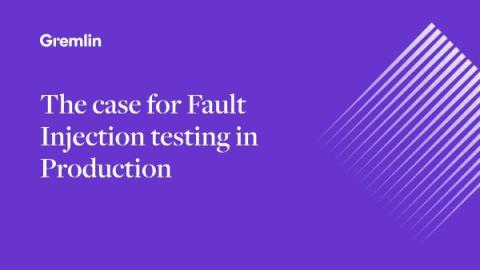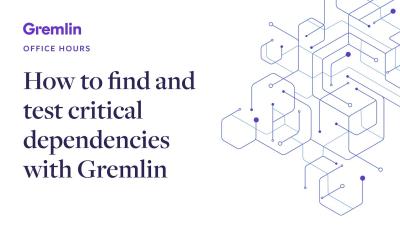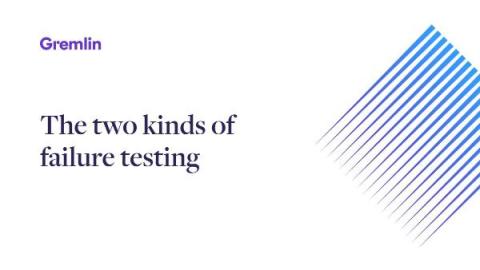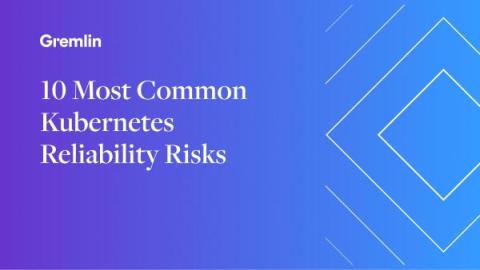The case for Fault Injection testing in Production
Many organizations who are looking to introduce Fault Injection as a testing technique start with non-production environments, but don't always go back and reconsider that choice as they mature beyond initial assessment. However, there's a strong case for running these tests in your live systems. It's important to consider the trade-offs when choosing to test in production or non-production environments, as it can have far-reaching impacts on the efficacy and cost of improving the resilience of software.










